Pediculosis is a disease caused by parasites such as clothes, head, and pubic lice. They are also carriers of typhus and relapsing fever, Volyn fever. Those infected feel itching, a rash appears on their skin, rough areas, pigmentation changes. With the advanced stages, tangles are formed in the hair, an increased body temperature is observed, lymph nodes increase. The severity of this disease adds a high level of infection among the population: after all, only the clothes of the diseased for another 3 months will be a source of infection.
Ministry of Health Order No. 342
Thus, seemingly harmless pediculosis is a socially dangerous disease that can quickly turn into an epidemic. Do not forget about the danger that the disease disrupts the harmonious functioning of the circulatory and nervous system. If a pulmonary thrombus forms, then this is fatal.
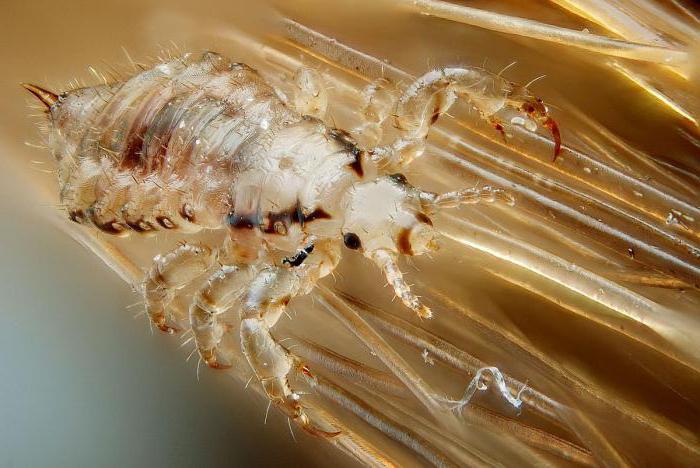
Pediculosis Order No. 342 (anti-pediculosis is one of its constituent items) was adopted by the Ministry of Health of the Russian Federation in 1998. Its action is aimed at a comprehensive fight against pathogens of head lice and the epidemic of typhus. It contains the following components:
- Prevention of typhoid.
- Lice treatment.
- The fight against pathogens.
- Measures to improve the epidemiological situation, sanitary conditions in public institutions.
We will analyze in detail the anti-pedicular styling, the order for pediculosis.
Lice Prevention
Appendix No. 4 to this order prescribes the following measures to prevent the spread of lice:
- Scheduled examinations of the population by health workers in kindergartens, schools, dormitories, boarding schools, nursing homes and so on.
- Creating the necessary conditions that prevent the spread of lice in collective living: baths, showers, laundries with hot water, sanitary inspection rooms.
- Availability of proper medical staff for examinations.
- Appropriate measures in the foci of pediculosis infection.
- Explanatory educational program among the population.
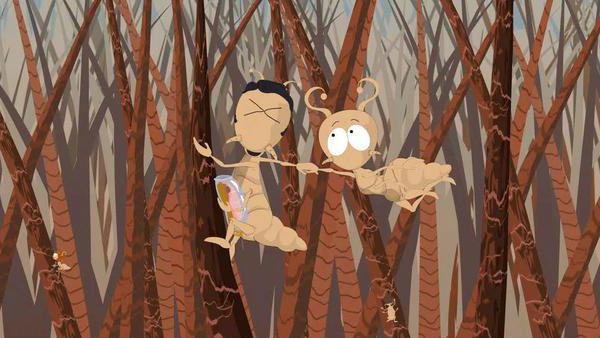
Lice Inspection
According to Pediculosis Ordinance No. 342, anti-pedicular styling can be avoided by preventing the spread of infection. Inspection is considered the best preventive measure. Held in a well-lit room using a magnifying glass or magnifier. The physician should pay great attention to the back of the head, temples and forehead.
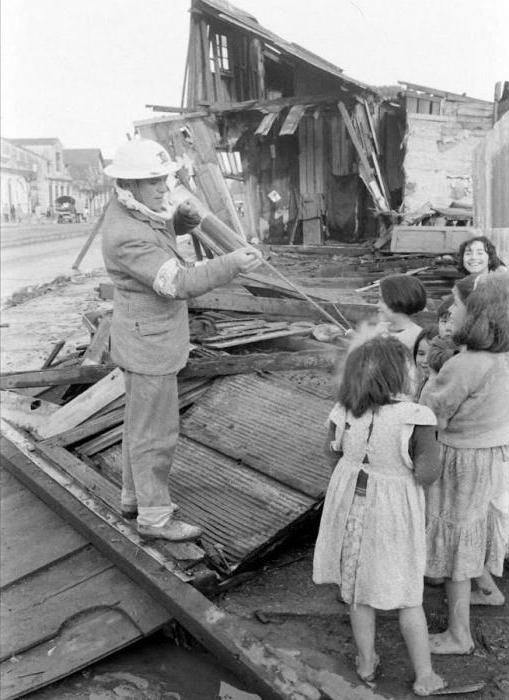
The order recommends first of all to check the following persons (ideally - four times a year):
- pupils of kindergartens, boarding schools;
- students of schools, secondary and higher professional institutions;
- collectives of organizations, enterprises;
- patients admitted to the hospital;
- residents of "communal apartments" and hostels;
- medical workers in contact with patients.
Pediculosis Order No. 342: Anti-pediculosis
Many are concerned about the fight against parasites that have already hit a person. The modern composition of the anti-pedicular styling is as follows:
- Bag for collecting things of the patient: cotton or oilcloth.
- Galvanized tray or bucket where the hair will be disinfected.
- Oilcloth litter for handling.
- Rubber gloves.
- Frequent metal comb.
- Scissors and / or hair clipper.
- Alcohol
- 2-3 scarves.
- Disposable bathrobe.
- Cotton pads.
- Table vinegar.
- The main elements in the composition of anti-pedicular styling are the means of destroying pubic and head lice:
- Ovicides for single treatment: shampoos, lotions, emulsion concentrates, etc.
- Neovicides (drugs with ovicidal incomplete action) for 2-fold treatment for a week to ten days. This is a special soap, shampoo and other products.
- Means destroying body lice: ovicides and neovicides.
- Aerosols and a number of other means that are used for pest control.
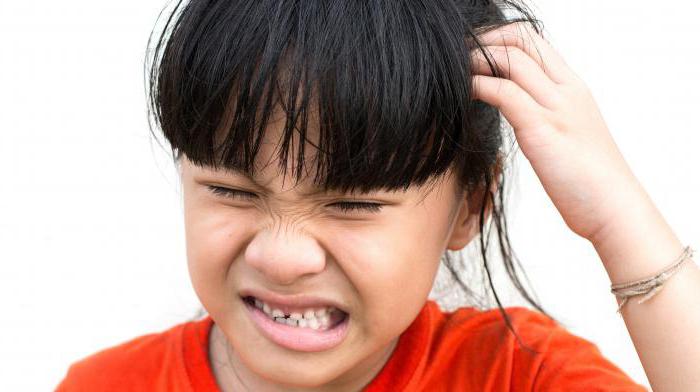
The use of anti-pediculosis
According to the Order on pediculosis No. 342, it is recommended to use anti-pediculosis as follows:
- The person conducting the treatment should wear a bathrobe, a protective scarf and gloves.
- The patient is wrapped in oilcloth.
- The patient's eyes are protected by a towel folded in several layers to protect against the ingress of drugs.
- Carefully treat the patient’s hair with the product, then cover his head with a hat for the time specified in the instructions for the drug.
- After treatment, the hair must be washed under running water.
- Next - the use of shampoo, which is part of the styling.
- After the hair is dried, each strand should be combed out with a rare comb for eggs that died lice.
- Re-examination of the patient for the success of the procedure.
- Processing the comb with alcohol or boiling water.
- Processing the premises with a pest control.
- The patient’s things are packed in a special bag for their further disinfection.
- A dressing gown, gloves, a handkerchief, and other disposable items used in the procedure are placed in a separate bag and disposed of.
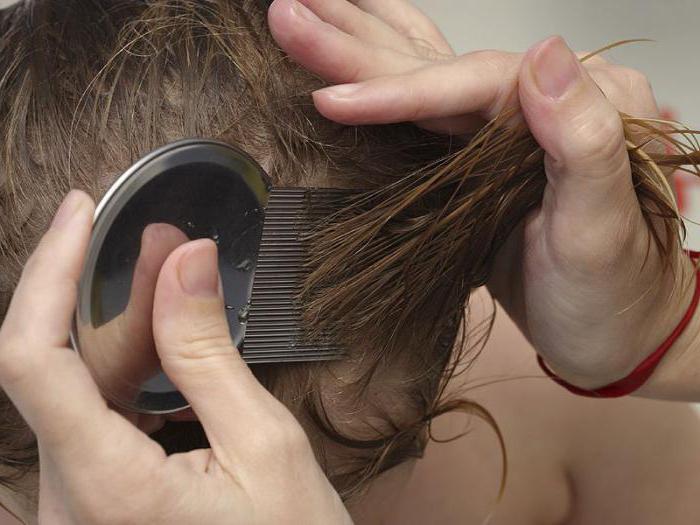
Effective remedies
The following products are effective in laying:
- vinegar solution;
- 20% benzyl benzonate emulsion;
- pyrethrum powder;
- 5% boric ointment;
- 0.15% karbofos solution;
- Dustov or soap soap;
- Medifox;
- lotion "Nithilon", "Lontsid", "Nittifor".
For things:
- soda ash;
- Medifox-Super;
- 50% sulfidos concentrate, kalbofos;
- pyrethrum powder;
- 20% water-kerosene-soap emulsion.
Prevention of lice and pediculosis
We disassembled Order No. 342, anti-pedicular styling. Finally, let's see what effective preventive measures this document recommends:
- Periodic bathing with obligatory shampooing - at least once every 10 days.
- Change of bedding set - at least twice a month.
- Systematic washing of clothes, personal items as they become soiled, followed by ironing with the "steam" function.
- Daily combing, cutting as necessary.
- Cleaning of outerwear, compliance with the rules for its storage.
- Periodic wet cleaning in the house.
- Keeping your home clean.
Order No. 342 of the Ministry of Health of the Russian Federation offers effective measures for the prevention, treatment, detection of pediculosis and typhus. It also contains a special anti-pedicular styling that helps to quickly deal with the problem.